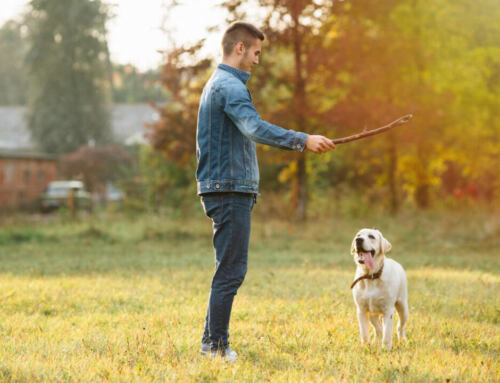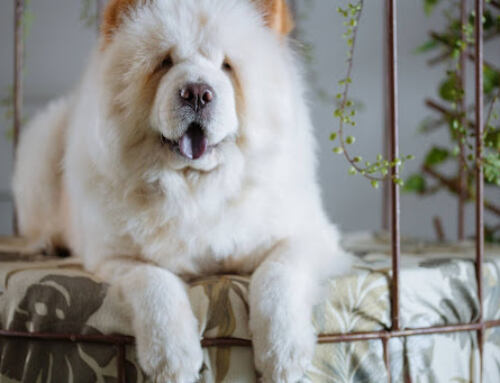Hounds have been assisting humans in hunting since prehistoric times. Many types of hounds can be trained to hunt using either their sense of smell or their eyes. There are even species that specialize in nighttime or underwater hunting. Any kind of game can be tracked down with the help of a hound, from the Coonhound to the Otter hound. Hunting is only one of many uses for hounds.
Hounds are highly sought after pets, and for good reason: they are friendly, loyal, affectionate, and intelligent. Most varieties of hounds get along great with kids and other animals. Hounds, whether as working dogs or as pets, are wonderful members of the human family. They are typically bright and quick thinkers who are open to new information. But they do need some exercise, so make sure they get some or they might act out destructively or in other undesirable ways.
Scent Hounds
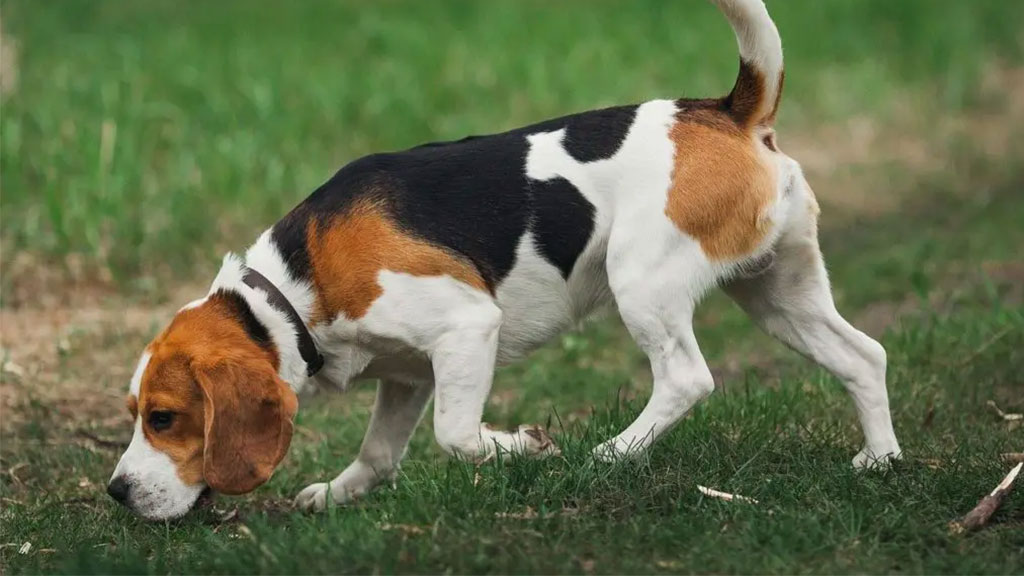
In areas with little visibility, scent hounds proved to be invaluable. A scent hound, for instance, might be useful in situations when a regular dog wouldn’t be able to see its target because of heavy vegetation. Although these dogs lack speed, they make up for it with great endurance and the ability to traverse rugged terrain and thick underbrush.
Bloodhound
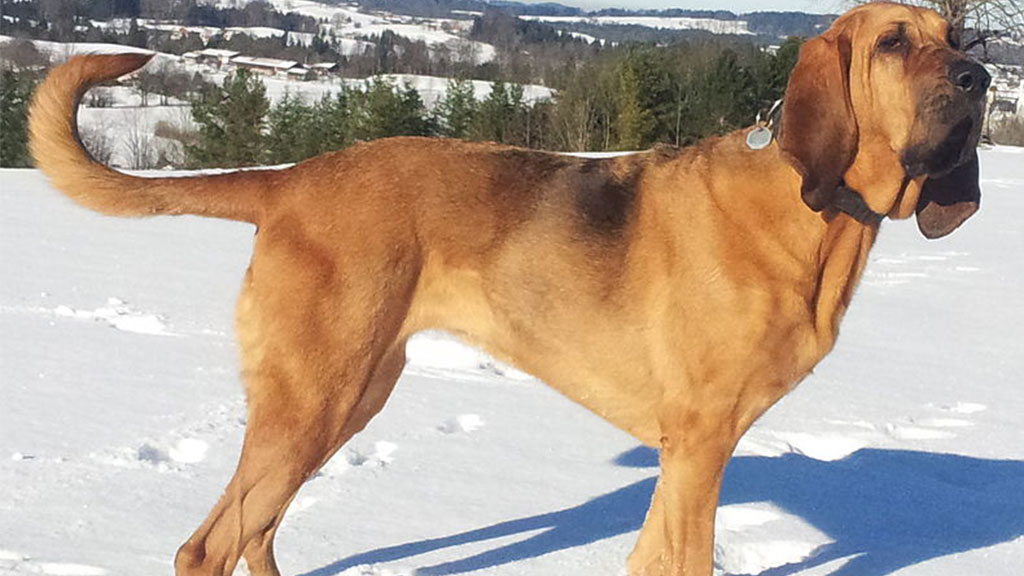
The Bloodhound is the most patient and affectionate of all hounds, in addition to being the best hunter. They enjoy being the center of attention and don’t mind if kids clamber all over them and tug on their ears. In fact, bloodhounds are so loved that they will track down your prey but not harm it. The term “bloodhound” derives from the phrase “blooded hound,” which refers to the purity of their blood. In the United States, bloodhounds arrived in the 1800s. Because of their superior sense of smell, bloodhounds and other scent hounds were occasionally employed to track down runaway slaves.
This ancient breed was originally developed to track down game like deer and wild boar. It was later implemented to locate missing persons. Because of this, it has become a popular choice among modern law enforcement agencies as a service dog. Although they may be difficult to train as puppies, Bloodhounds are calm, sociable dogs who take pleasure in human company. They resemble a larger version of the Basset Hound in appearance. It has a wrinkled face, large, hanging ears, and a long, stiff tail, and it can weigh up to 110 pounds. The typically available colors for the short, tough coat include black and tan, liver and tan, and red.
Beagle
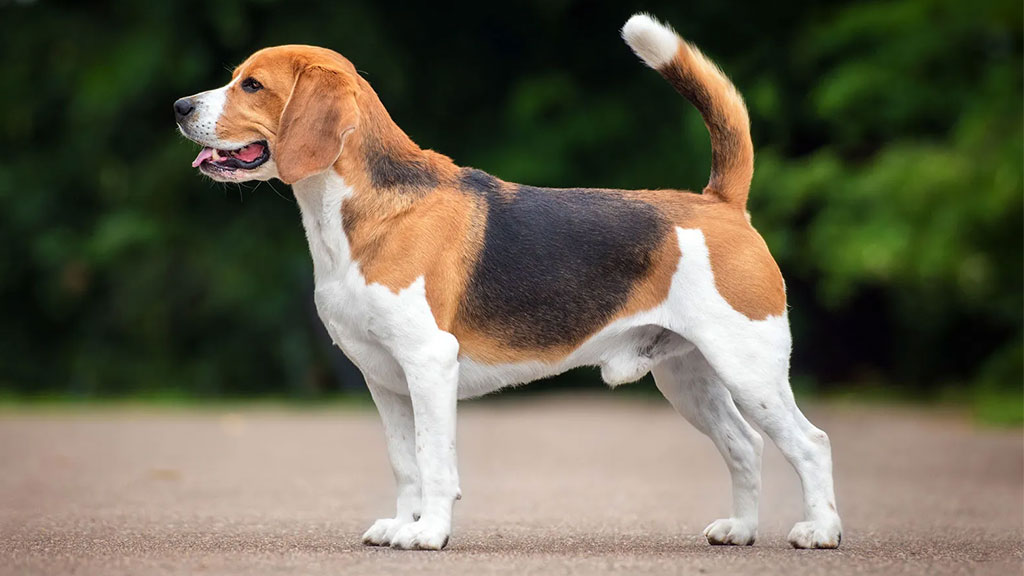
The beagle is another well-recognized breed, especially among non-dog owners. Beagles are sight hounds endowed with extraordinary stamina, and they are still widely used in modern hunting for fox and rabbit. Beagles are also include in small hound dog breeds. While a spacious yard and some vigorous games of fetch will keep a beagle content, they are best suited to those who lead active lifestyles. They also do very well in dog sports including agility, fly ball, and retrieval.
Be sure you and your neighbors can handle the infamous “beagle bay” before bringing one into your home. Aside from being a great hunting dog, Beagles also make wonderful pets for their human families. The Beagle, having been bred to hunt in packs, will welcome you and your family with open arms. The breed is smart and eager to please, making it an excellent choice for first-time hound dog owners.
Otter hound

The Otter hound, as its name implies, was developed specifically for the purpose of tracking and killing otters. The Bloodhound was used as a foundation breed for its development in England. The dog has a coarse coat. Its coat is not only designed to protect against the cold and the damp, but it is also hypoallergenic because it sheds less than other breeds. This breed is most content while running and playing, so a sizable yard is necessary.
Otters were a problem for fisherman in the late 1300s because they would steal their catch. Otter hounds were used to track and kill the otters. The AKC states that they were developed from crossing the Bulldog with the Retriever, Foxhound, Pointer, Beagle, Newfoundland, and Collie, making them formidable hunters who are also highly clever and capable in the water.
Dachshund

The Dachshund is a popular pet due to its friendly nature and the fact that it was originally designed to hunt badgers and foxes. The breed is also widely employed for hunting small animals and as a popular show dog. The breed’s extended back can lead to musculoskeletal issues. The dachshund is a member of the hound family and is distinguished by its long body and short legs.
The original purpose of the standard-sized dachshund was to track down and evict badgers and other burrowing animals. The Dachshund is a small, active dog with a delightful disposition and a very long body. It is also known as the wiener dog and, in German, the badger dog. About 600 years ago, it was first made for the purpose of killing badgers in the wild. Its keen sense of smell, strong digging skills, and squat, close-to-the-ground build are all tailor-made for this one task. However, the Dachshund is equally at home as a house pet.
Sight Hounds
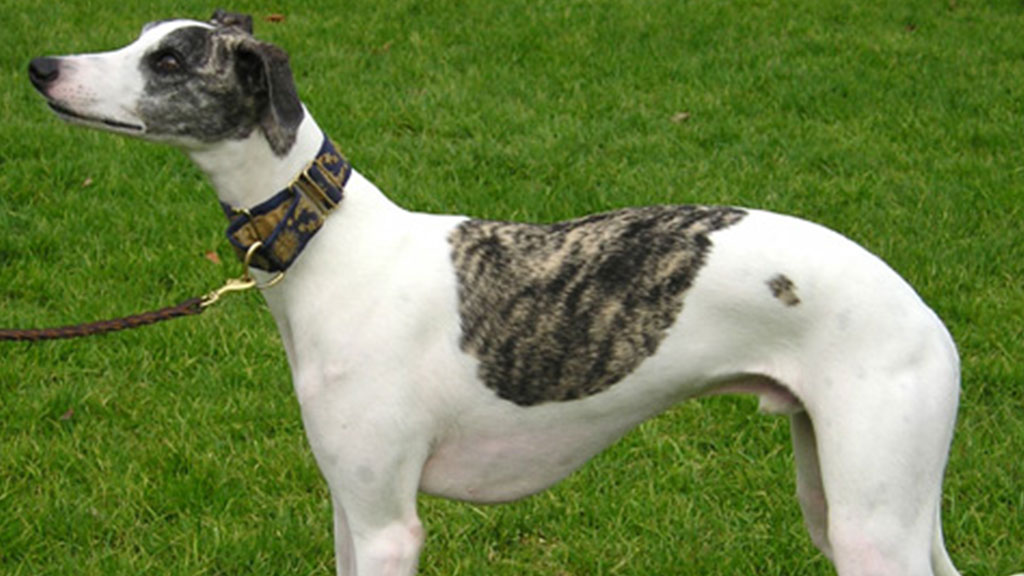
Sight hounds rely on their eyes instead of their noses to find and follow their prey. They have excellent vision and a heightened sense of alertness as they constantly scan the area for signs of motion. Some dogs of this breed’s size are predisposed to chase anything small enough to pique their curiosity, including leaves. Different hound breeds are as follow:
Greyhound

Originally bred for their speed and long, powerful legs, Greyhounds are thin and elegant. They are skilled hunters, but their true passion is spending time with their human or animal family. These adorable pals crave nothing more than a good snuggle. With top speeds of 40–45 miles per hour, Greyhounds easily take the title of quickest dog breed. Despite being constructed for speed rather than endurance, they will spend the other 23 hours and 50 minutes of the day sleeping on the couch. They may spend 10 minutes sprinting at full speed. They are shy and mild-mannered, and they hate the cold. However, they are wonderful pets for homes.
Afghan Hound
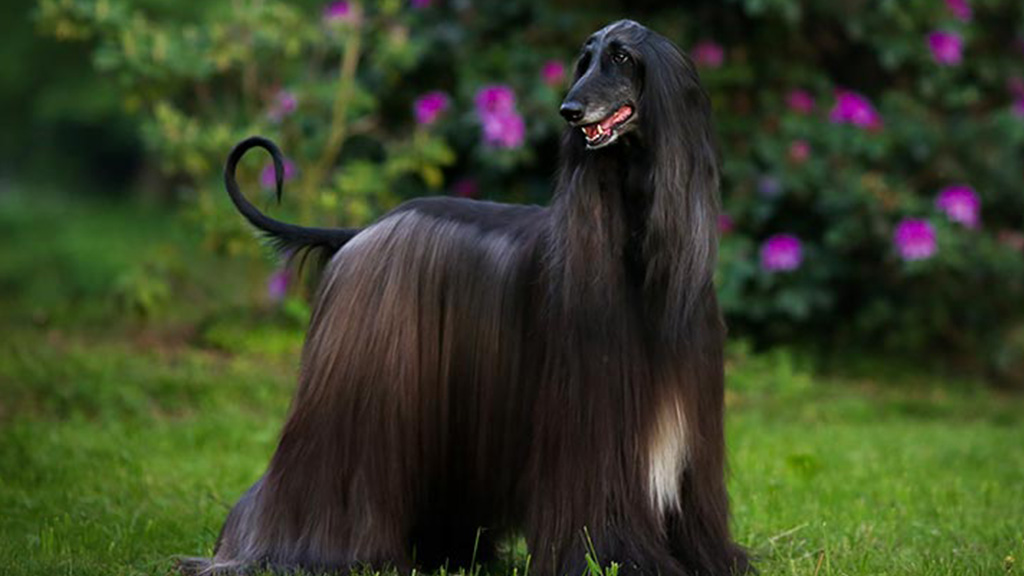
The Afghan hound is one of the most stunning canines around thanks to its thick, floor-length mane of fur. The Afghan Hound, a breed of dog with a long, silky coat that comes in a variety of colors, is one of the world’s oldest dog types and is thought to have originated in the area now occupied by Afghanistan and Pakistan thousands of years before written history.
Even though it’s a very proficient sight hound with padded feet for navigating the tough Afghan terrain, these days you’re more likely to see this hunting breed at a dog show. Their good temperament and sweetness are matched by an air of independence. This breed’s grace and dignity make it suitable for houses of any size or style.
Whippet

The gentle Whippet can be easily mistaken for a miniature Greyhound because of its similar appearance and personality. It’s a calm dog with a sweet disposition, and it likes to nap on the couch for too long at a time. You should use caution when letting this breed off the leash, since it is highly fast and enjoys chasing and running and could easily lose focus on tiny animals or possible prey.
Rhodesian Ridgeback
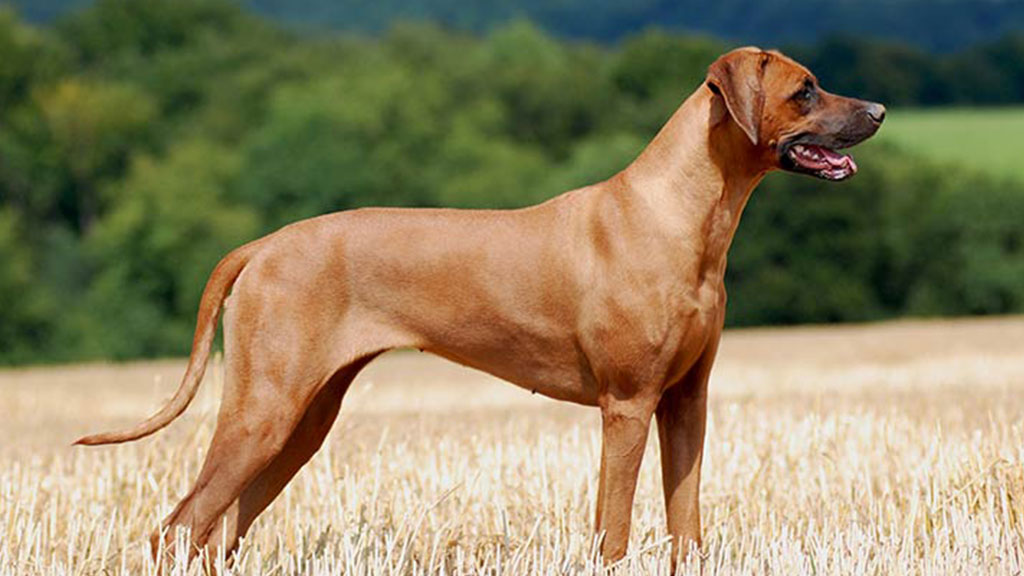
The Rhodesian Ridgeback is a powerful sighthound native to southern Africa. The African Lion Hound got its name because it was raised specifically to hunt lions and other huge wildlife. Although they make wonderful family dogs, they do need training to ensure they are manageable due to their high levels of independence and persistent prey drive. Zimbabwe in Southern Africa is the birthplace of the Rhodesian ridgeback dog breed. Its European ancestry can be traced back to the colonists of southern Africa’s Cape Colony.
Saluki
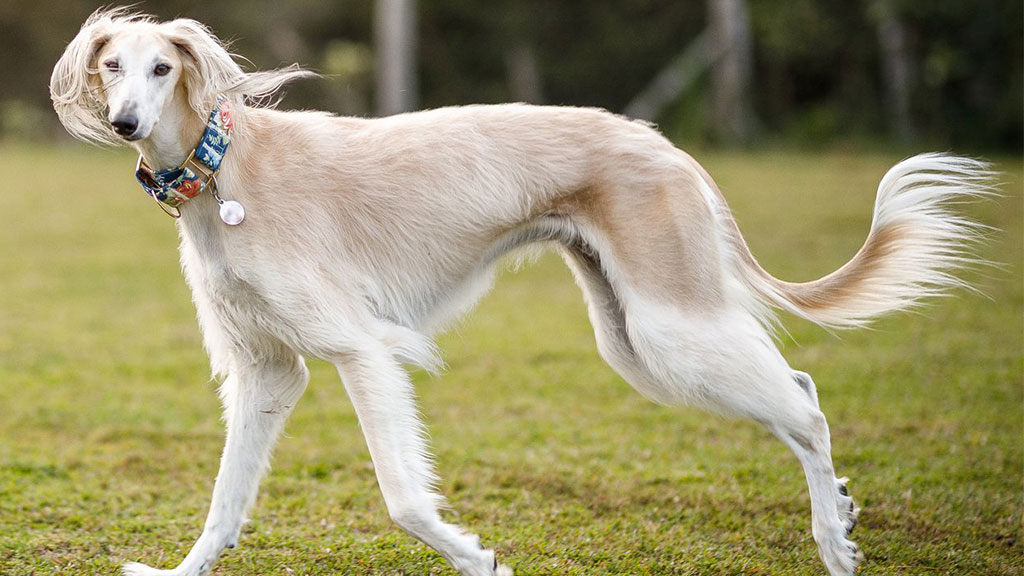
The Saluki is a breed of dog that has its roots in the Fertile Crescent, the region where agriculture was first developed. The Saluki, a breed of sighthound, has the classic deep chest and long legs. The Saluki is a small, quick dog with a lean build. Owners with more experience tend to have more success with them. They have a highly potent prey drive and would not perform well in an apartment setting. Therefore, they require a safe yard with a high fence to prevent them from escaping when off-leash. However, in the hands of a caring owner, they can blossom into devoted friends.
Hound dogs’ behavior and personality
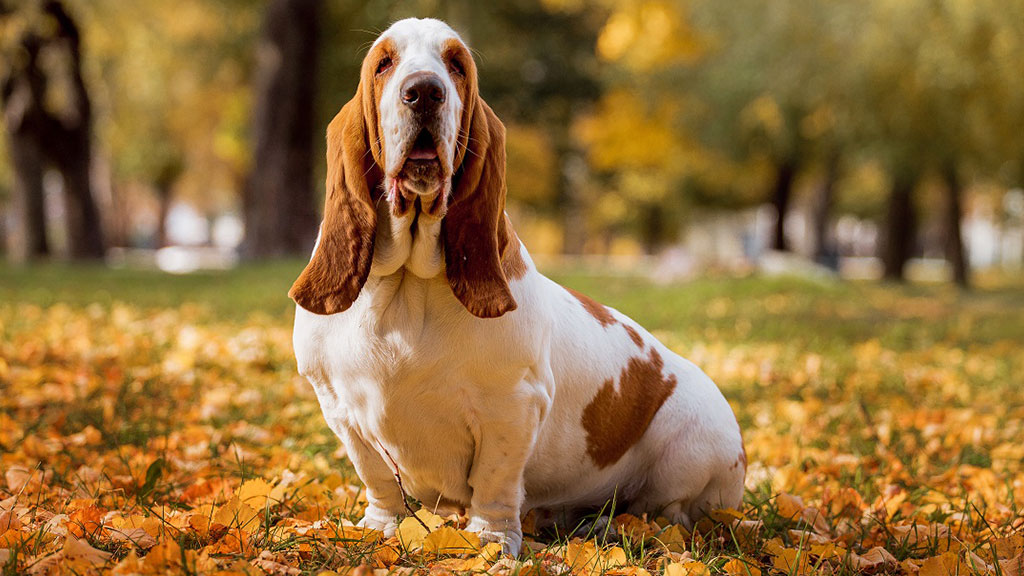
Certain essential traits necessary for a hound breed to accomplish their job successfully will quickly become apparent in the dog’s demeanor.
Single-mindedness
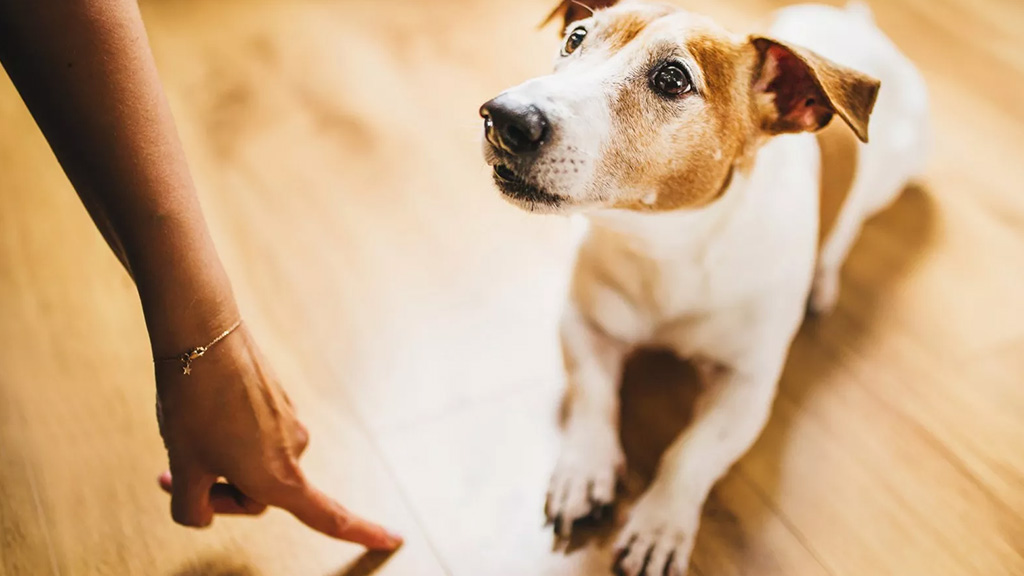
A hound dog’s job is simple: once it spots or smells its prey, it must follow and chase it without being sidetracked. Dogs have a tendency to completely disregard their owners if they come across an interesting scent or catch sight of something far away, which may be extremely aggravating for those who aren’t familiar with this trait. Most hounds will need some training before they can reliably return when called. They haven’t been developed to neglect their owners on purpose, but rather, they have been selectively bred to focus solely on their work.
Independence
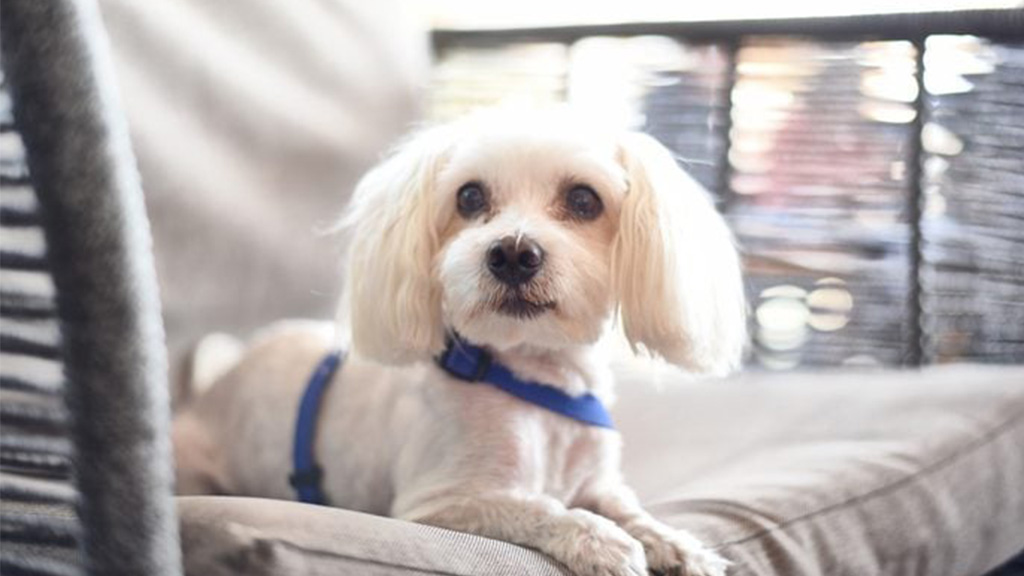
Rather of working closely with their owner, hound dogs prefer to work independently of their masters and based on their own instincts. Because of their independence, many are better able to handle brief periods of owner absence than with other breeds. This is especially true if they have been properly socialized to periods of isolation prior to the owner’s departure. But it doesn’t imply they can be left alone for hours at a time every day.
Experts in scent work
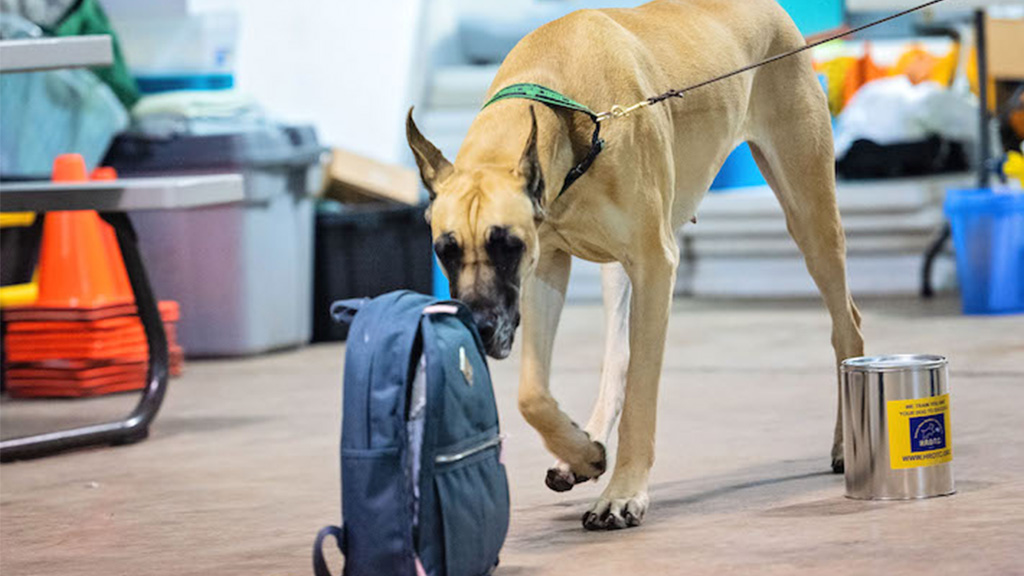
Scenthounds are distinguished by their acute sense of smell and their enthusiasm for tracking a trail. Free-range hounds or those who regularly engage in scent work benefit greatly from large outdoor areas. Long, nose-down hikes in the countryside might satisfy a scenthound’s need for exercise and mental stimulation.
Not Always Fastidiously Clean
There is an unpleasant “dog smell” in some hound breeds, and some hounds have a penchant for rolling in things their owners would rather they didn’t. While some are slobs, others (often the sight seekers) are neat freaks.
Conclusion
The Hound Dog breeds as a whole are extremely talented and flexible pets that can make anyone happy. All hound dog breeds, from the Afghan Hound to the English Foxhound, are certain to provide their owners with a fascinating, loving, and long-lasting companionship.


